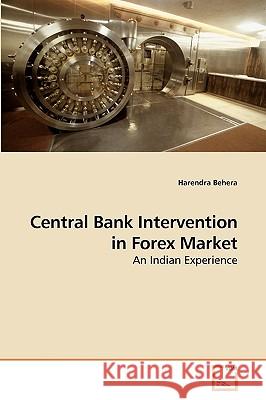Central Bank Intervention in Forex Market » książka
Central Bank Intervention in Forex Market
ISBN-13: 9783639242096 / Angielski / Miękka / 2010 / 124 str.
The floating of the Indian rupee has seen a notable increase in the size and scale of intervention, with a marked increase in the purchases of dollars by the Reserve Bank of India (RBI). The switch to a floating exchange rate has been accompanied by an increase in volatility in most countries. But unlike the international experience, the volatility in India was not so marked. This once again points to the RBIs intervention to manage volatility. So it has been seen that the RBI reacts to exchange rate volatility with the objective of stabilizing the nominal exchange rate and also corrects misalignment in the real exchange rates. Whereas it is not clear in theory how effective is foreign exchange intervention in controlling exchange rate volatility, the empirical results are mostly positive. In Indian context, not only the studies on central bank intervention are few but also the results are inconclusive in nature. To fill the gap, the study empirically examines how RBI intervention helps in reducing volatility, impacting the level of exchange rate and correcting misalignment of the exchange rate.











